Leg Press Foot Position: How to Target Different Muscles
Much research and time has been lended to discovering proper leg press execution - but one nearly unanimous point of agreement between researchers is the placement of the feet atop the leg press’s sled.
Different stance widths and placing the feet at different points around the plate will cause the resistance to be distributed to different parts of the body, altering the mechanics of the exercise and further emphasizing certain muscles of the legs.
While this article will indeed go into detail on the best leg press foot positions to use - the short version is simply that a wider (and higher) stance is better for the gluteal muscles, whereas a lower and narrower one helps isolate the quadriceps muscles more.
What is the Leg Press - And Why is Foot Position Important?
The leg press is a bilateral resistance training exercise performed with the use of a leg press machine.

It is often used as the primary compound movement within lower body training sessions, but can also occasionally act as a supplementary source of muscular recruitment to exercises like the barbell back squat or the deadlift.
The leg press is known for targeting the muscles of the glutes, quadriceps and hamstrings with significant intensity - but is generally known to target the quadriceps more than the posterior chain when performed in the default shoulder width stance.
Why is Foot Positioning So Important For the Leg Press?
The body is often described as a kinetic chain, meaning that when one part of the body is moved or positioned in a certain manner, the rest of the body is subsequently affected as well.
This concept holds true even with complex actions like the leg press, where the position of the feet can cause changes in the biomechanics of the rest of the lower body.
For the most part, the foot position of the leg press is divided into two main aspects:
- The distance between the feet.
- The placement of the feet higher or lower atop the leg press machine’s sled.
It is entirely possible for a lifter to adopt a wide stance and place their feet lower on the sled, or to adopt a narrow stance and place their feet near the top of the sled.
While not all of these combinations are necessarily safe, it is important to understand that the two aspects of leg press foot positioning are distinct so as to better optimize your execution of the exercise.
Leg Press Foot Position for Quadriceps Emphasis
Although a narrow stance is not necessarily established to cause greater quadriceps recruitment as one may expect, it does indeed reduce the intensity of activation of the main posterior chain muscles - effectively meaning that the quadriceps will be emphasized more during the leg press.
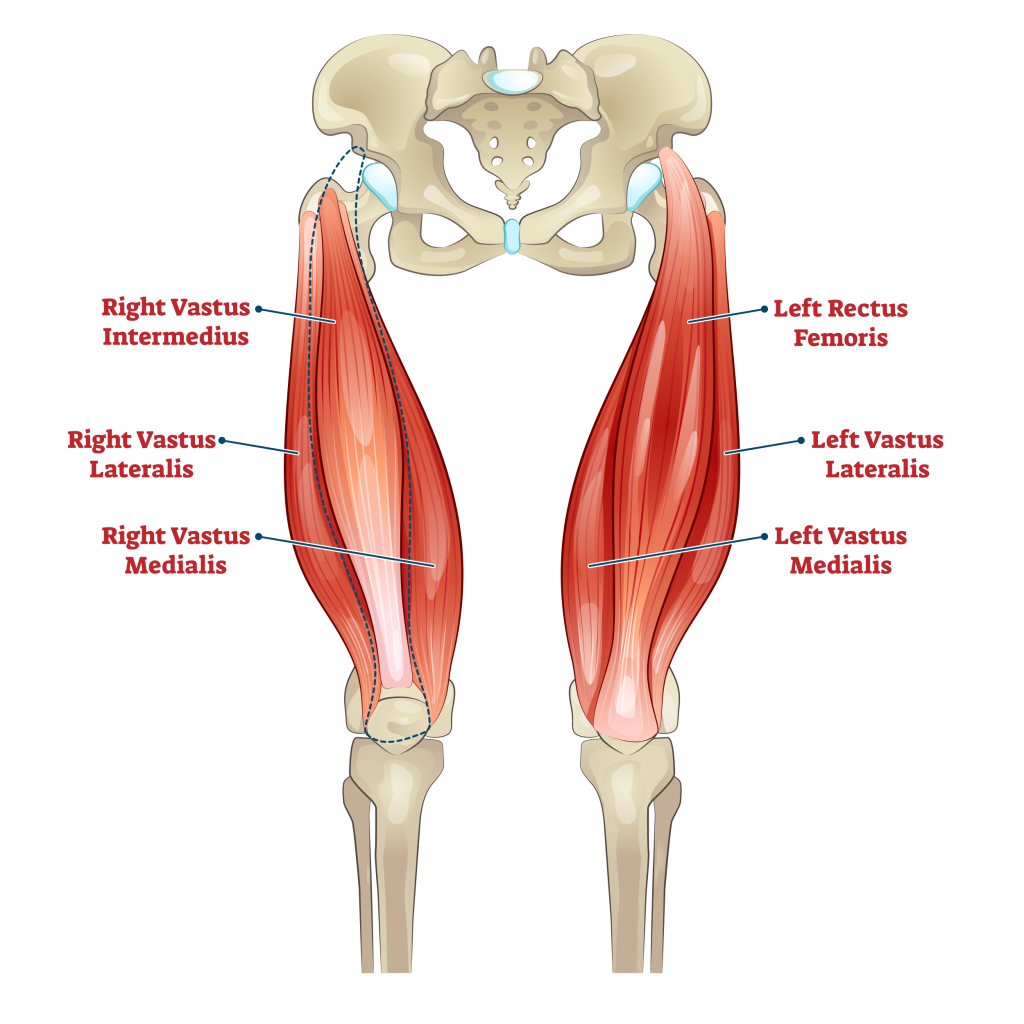
Stance Width (Hip-Width)
For isolating the quadriceps to a greater degree during a leg press repetition, a narrow stance of approximately hip width distance between the feet is best.
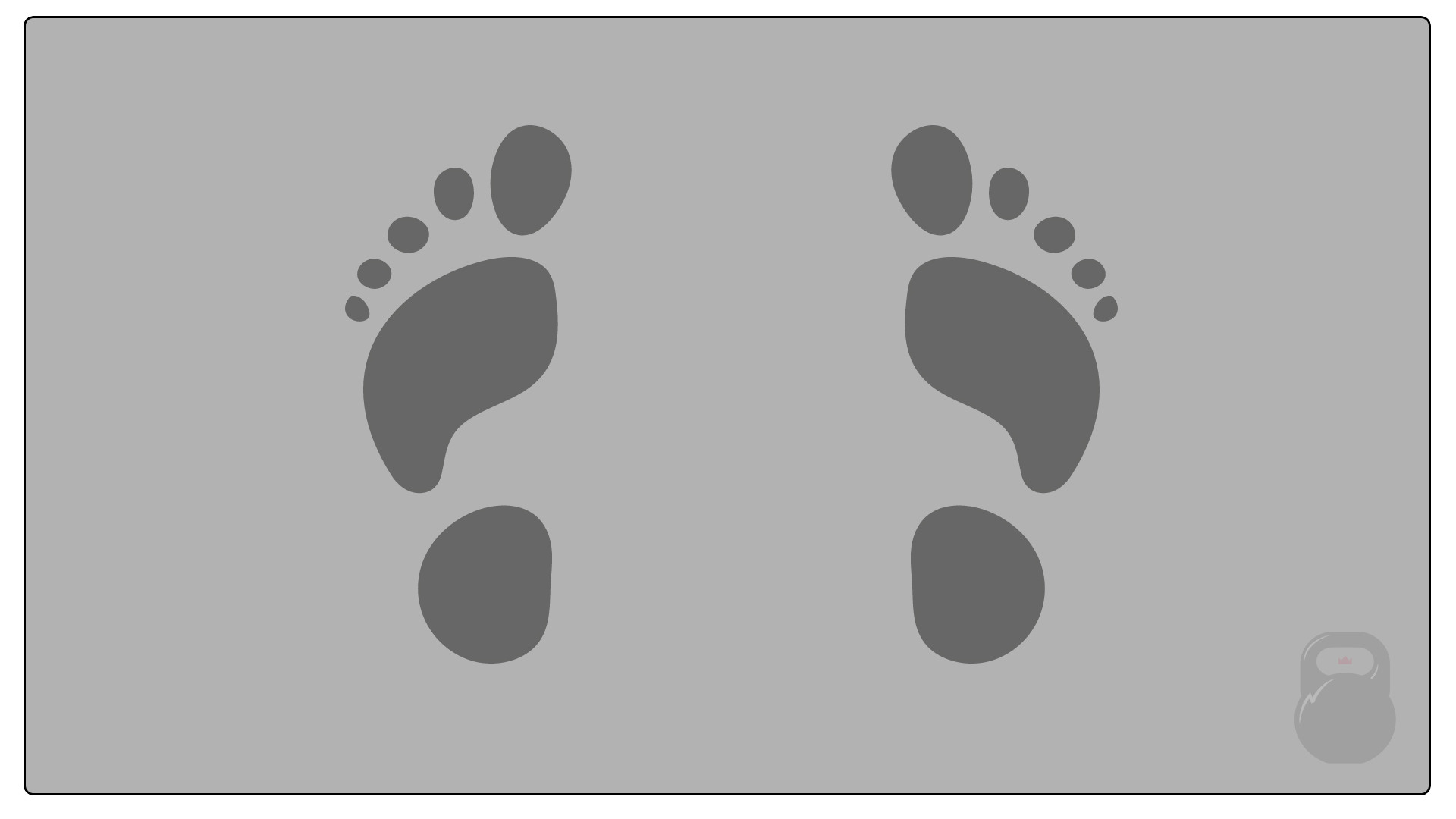
Foot Placement (Low)
In terms of foot placement atop the sled for greater quad emphasis, placing the feet lower along the plate allows for greater knee tracking over the toes.
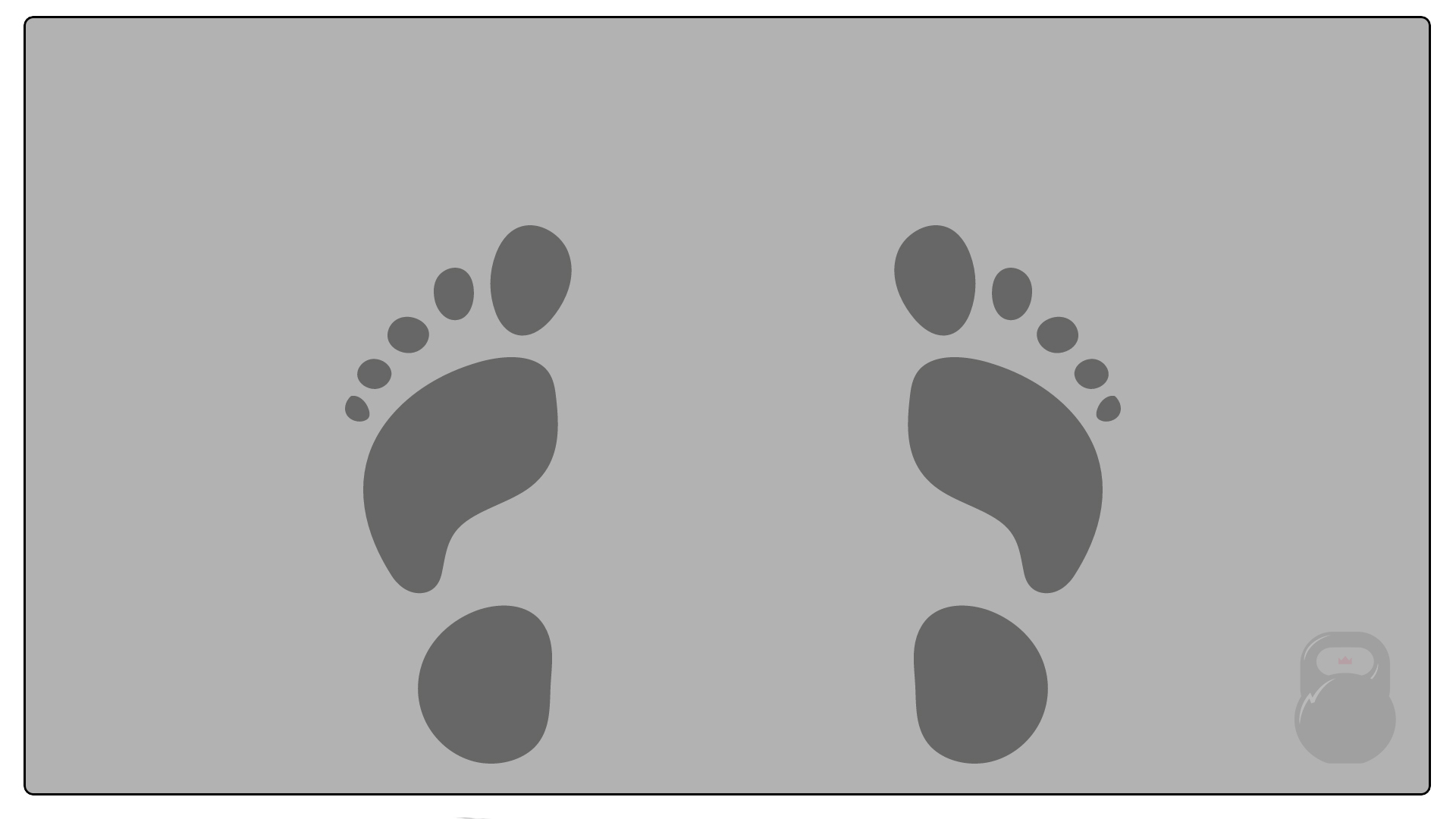
While this can be somewhat strenuous and potentially increase the risk of injury, lifters with excellent mobility and using a safe amount of weight will find that it also helps isolate their quadriceps muscles more effectively.
Leg Press Foot Position for Hamstrings
The hamstrings are perhaps the most underutilized leg muscle group during the leg press - even with the most optimal stance possible. This is simply because they are biomechanically responsible for knee flexion, and have little opportunity to be recruited during the movement pattern of the leg press.
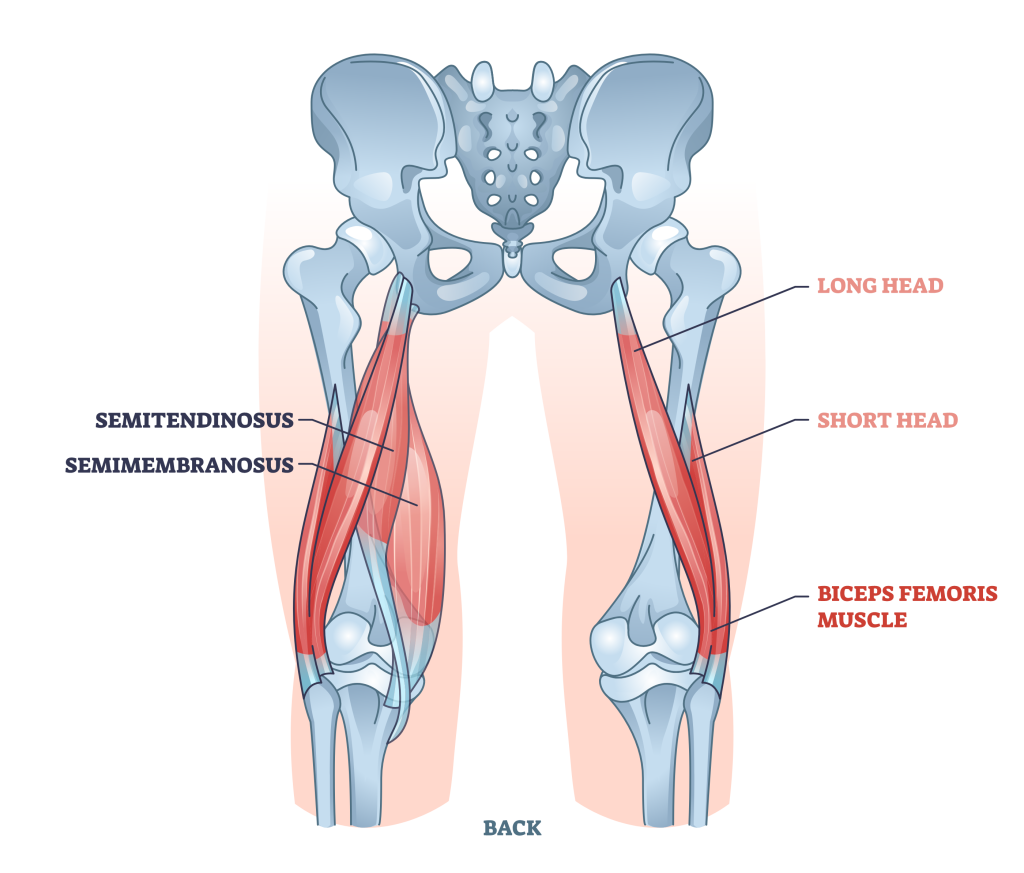
Stance Width (Wider than Shoulder Width)
Neither a wide or narrow stance width directly contributes to greater hamstring recruitment during the leg press, but a wider than shoulder width stance may help divert more of the emphasis towards the posterior chain, of which includes the hamstrings as well.

Foot Placement (High)
Unlike the width of the stance, the placement of the foot atop the sled directly impacts recruitment of the hamstrings as a higher foot placement leads to the knees requiring greater flexion during the latter half of the movement pattern.
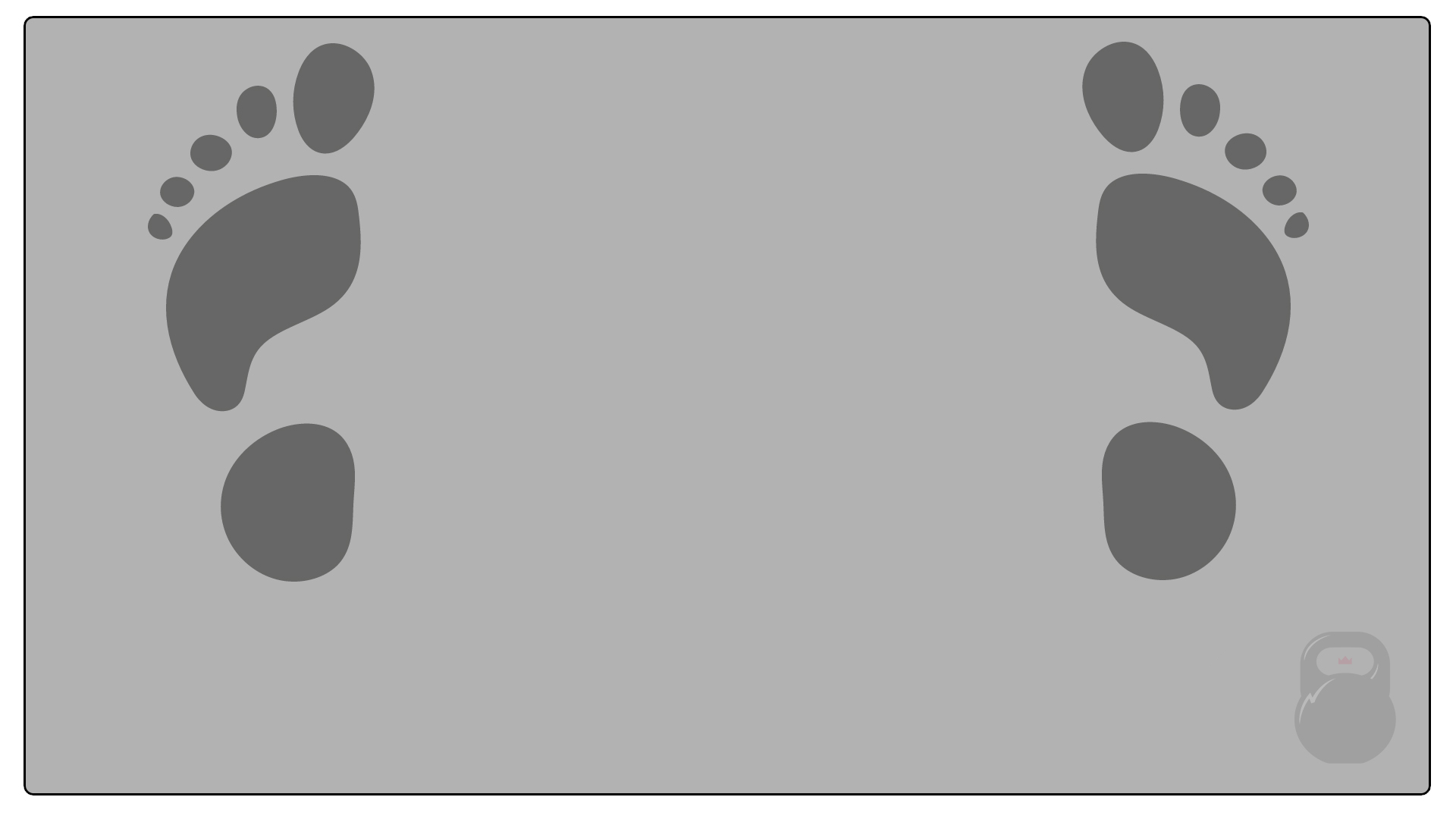
Leg Press Foot Position for Glutes Emphasis
For greater gluteal muscle development during the leg press, a generally wider and higher stance is needed. This allows for greater recruitment of said glutes alongside the hamstrings, but will unfortunately reduce the involvement of the quadriceps muscles as well.
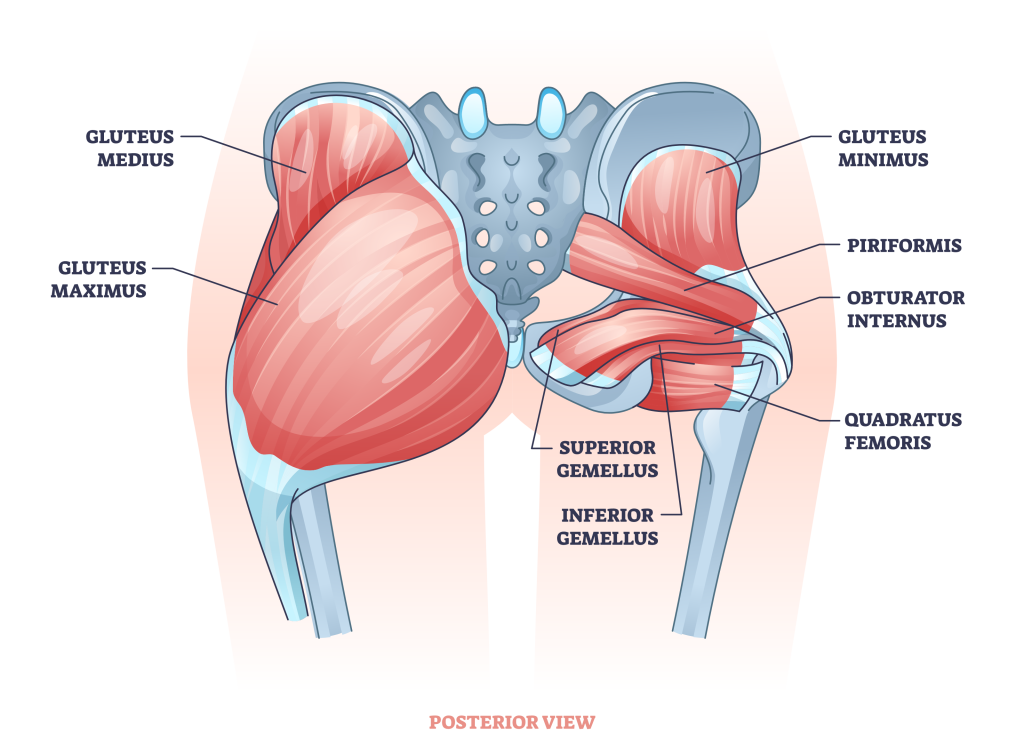
Stance Width (Wider than Shoulder Width)
For greater glute muscle emphasis, a distance of wider than shoulder width apart is best.

Foot Placement (High)
Just as is the case when attempting to emphasize the hamstrings with the leg press, placing the feet higher atop the sled will also allow for greater gluteal muscle recruitment to occur.
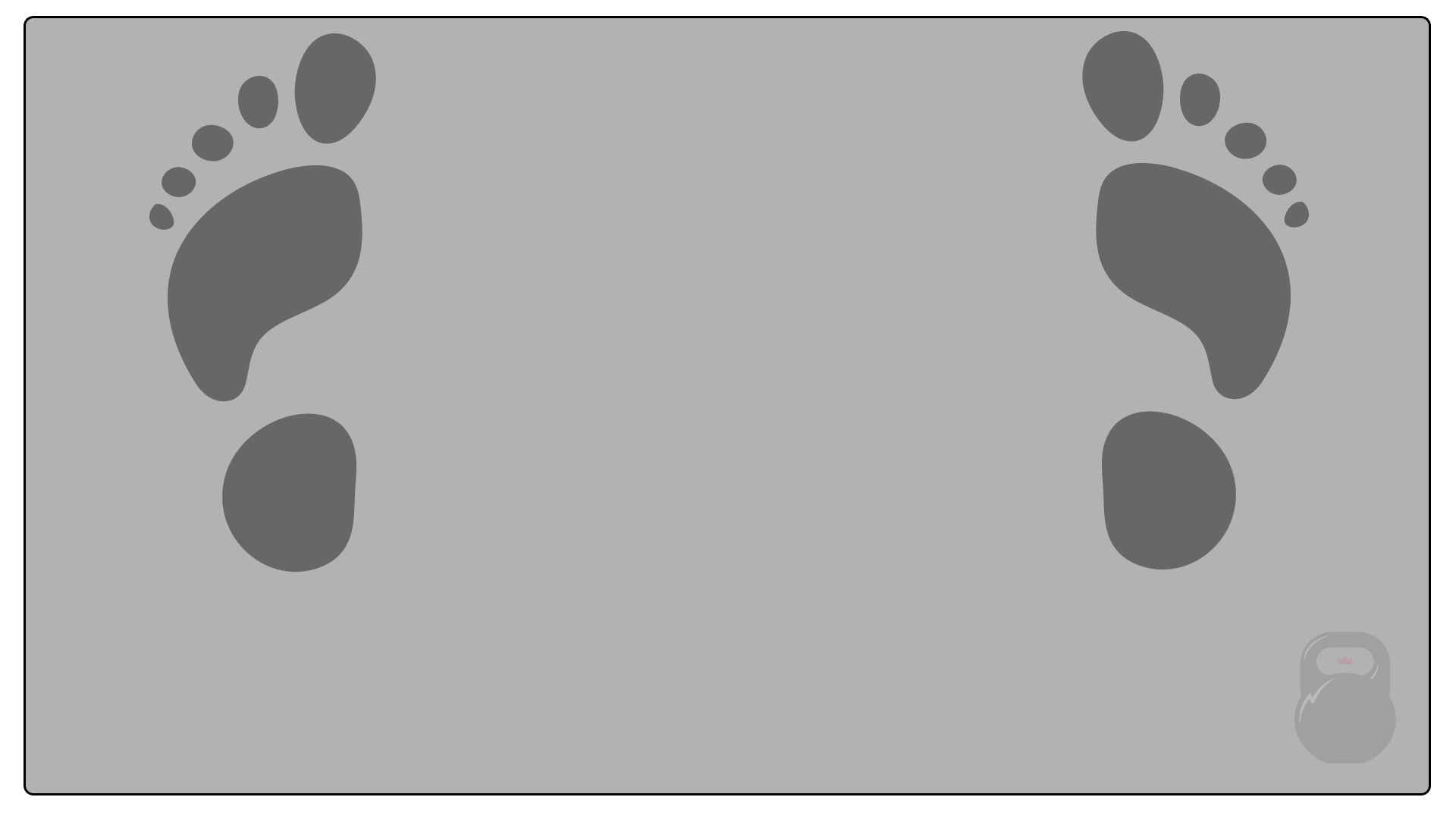
Leg Press Foot Position for Calves (Leg Press Calf Raises)
The calves do not actually play any significant dynamic role in a proper leg press repetition - that is to say, they are not meant to be recruited in any dynamic capacity. Instead, the calves act as a stabilizer muscle contracted in an isometric manner.
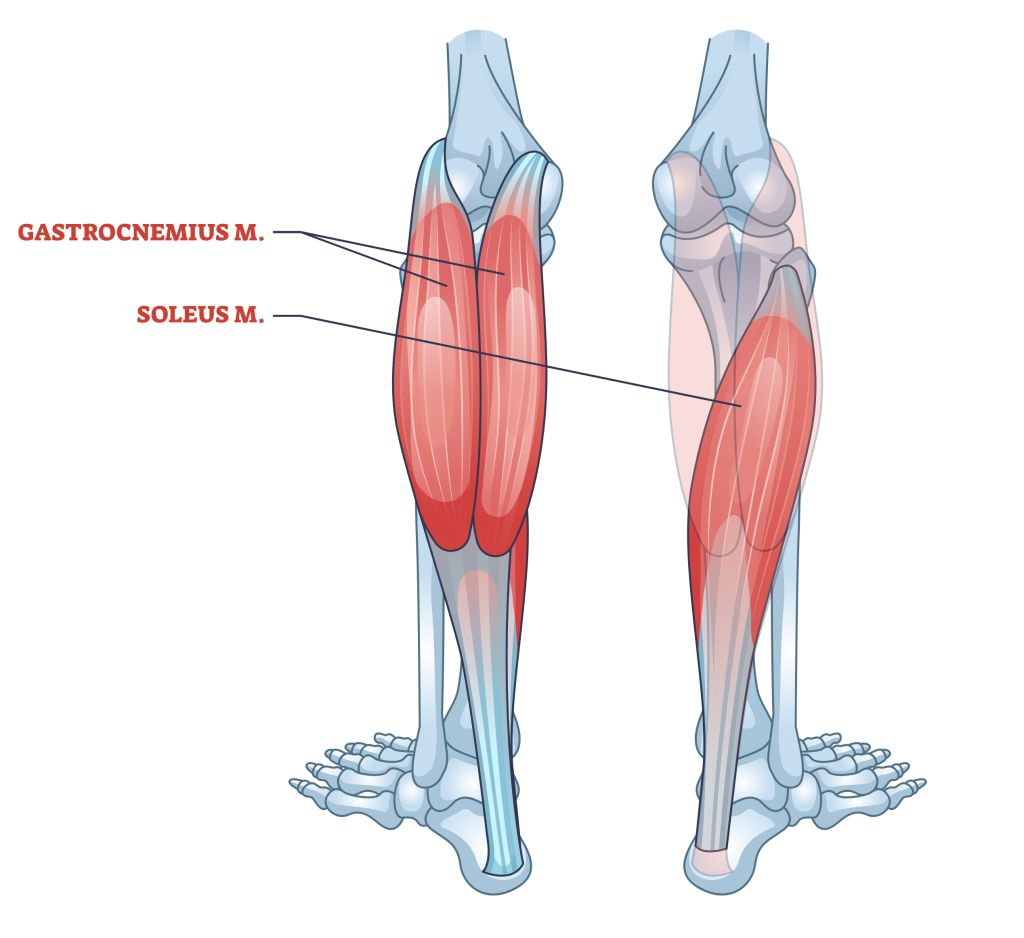
Nonetheless, if you wish to train your calves through the use of the leg press, simply placing the forefoot atop the plate and pushing through the balls of their feet is all that is needed.
This effectively changes the exercise into a leg press calf raise, and will not involve the quadriceps, hamstrings or glutes whatsoever as the rest of the legs will not be involved.
Keep in mind that this exercise is entirely different from a standard leg press, and is largely considered to be a calf isolation exercise. It has been listed in this article simply because of the similarity in stance, equipment and foot placement between the two exercises.
Stance Width (Hip Width)
The ideal stance width for a leg press calf raise is to keep the feet hip width apart.

Foot Placement (Balls of Feet on the Bottom of the Plate)
Because the heels are meant to be hanging off the plate during the leg press calf raise, it is important to keep the feet as low in placement as possible. During the mid-point of the repetition, it will appear as if the lifter is tiptoe against the sled, and the heels will ultimately never make contact with the plate so as to better recruit the calf muscles.
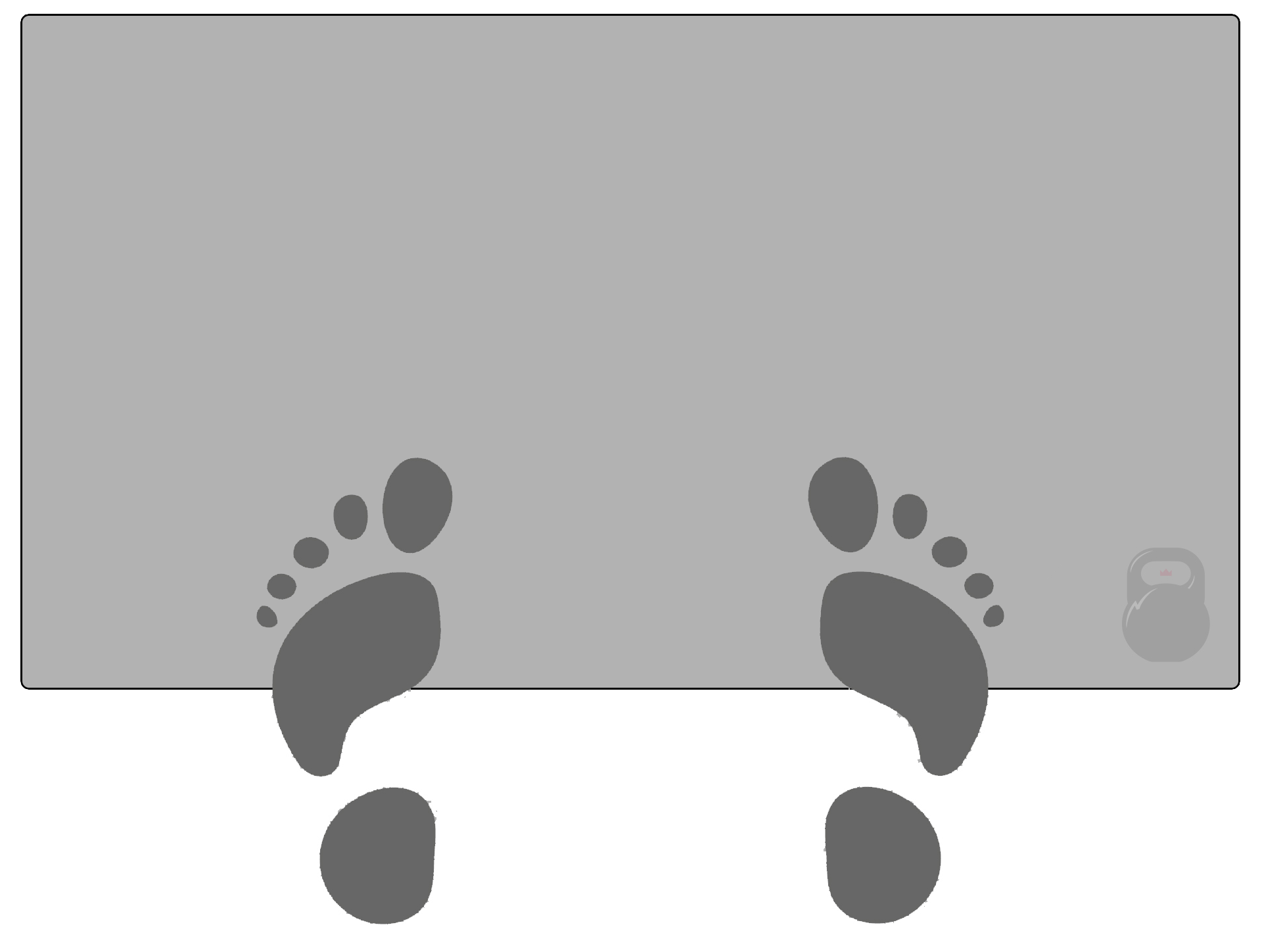
Benefits of the Leg Press
The leg press is an invaluable exercise with no shortage of benefits it can offer. The following are the most widely-applicable, and are often the main reason why the leg press is performed in the first place.
Excellent For Leg Muscle Development
The leg press is particularly effective at building up the muscles of the quadriceps and glutes in a safe and efficient manner. Because it is a compound exercise utilizing joints like the knees, hips and ankles, each repetition is of significant intensity, and tends to result in wide-reaching muscular hypertrophy.
Lifters wishing to build stronger and more muscular legs will find that regularly performing the leg press in combination with a similarly intense posterior chain exercise (such as the deadlift or hack squat) is perfect for their needs.
Carryover and Progression to Heavier Free Weight Exercises
Although the leg press is indeed a highly beneficial exercise, it comes with its own inherent disadvantages and risks as well. This can lead to it being unfortunately phased out of a training program, especially for powerlifters or other strength athletes seeking a more functional alternative.
However, this is often a mistake, as many lifters progressing into the advanced stages of their training find the inclusion of the leg press into their routine will help them perform better with more complex exercises, especially in regards to the back squat and deadlift.
Benefits From Being a Machine-Based Exercise
One set of advantages the leg press shares with other exercises like it is that of their machine-based nature. Because of the manner in which the leg press machine is engineered, a number of built-in safety mechanisms may be utilized by the weightlifter, helping protect them from injuries of both an acute and chronic nature.
In addition, machines tend to feature self-stabilizing resistance - meaning that less isometric contraction of muscles will take place, and as such allow for more energy and focus to be diverted towards the main muscles of the exercise.
Alternatives to the Leg Press for Muscular Emphasis
In truth, the leg press is a rather poor exercise for isolating any one single muscle group.
Due to its compound nature, regardless of foot position or stance width, other muscles will be recruited alongside the intended focus of the exercise.
Because of this fact, you may wish to try the following exercises out, as they offer greater opportunity for emphasizing specific muscle groups found in the lower body.
Single Leg Press
The one-legged leg press - while still a compound movement - allows for even greater control of the movement’s recruitment to take place, and will generally follow much the same tenets as is outlined in this article.
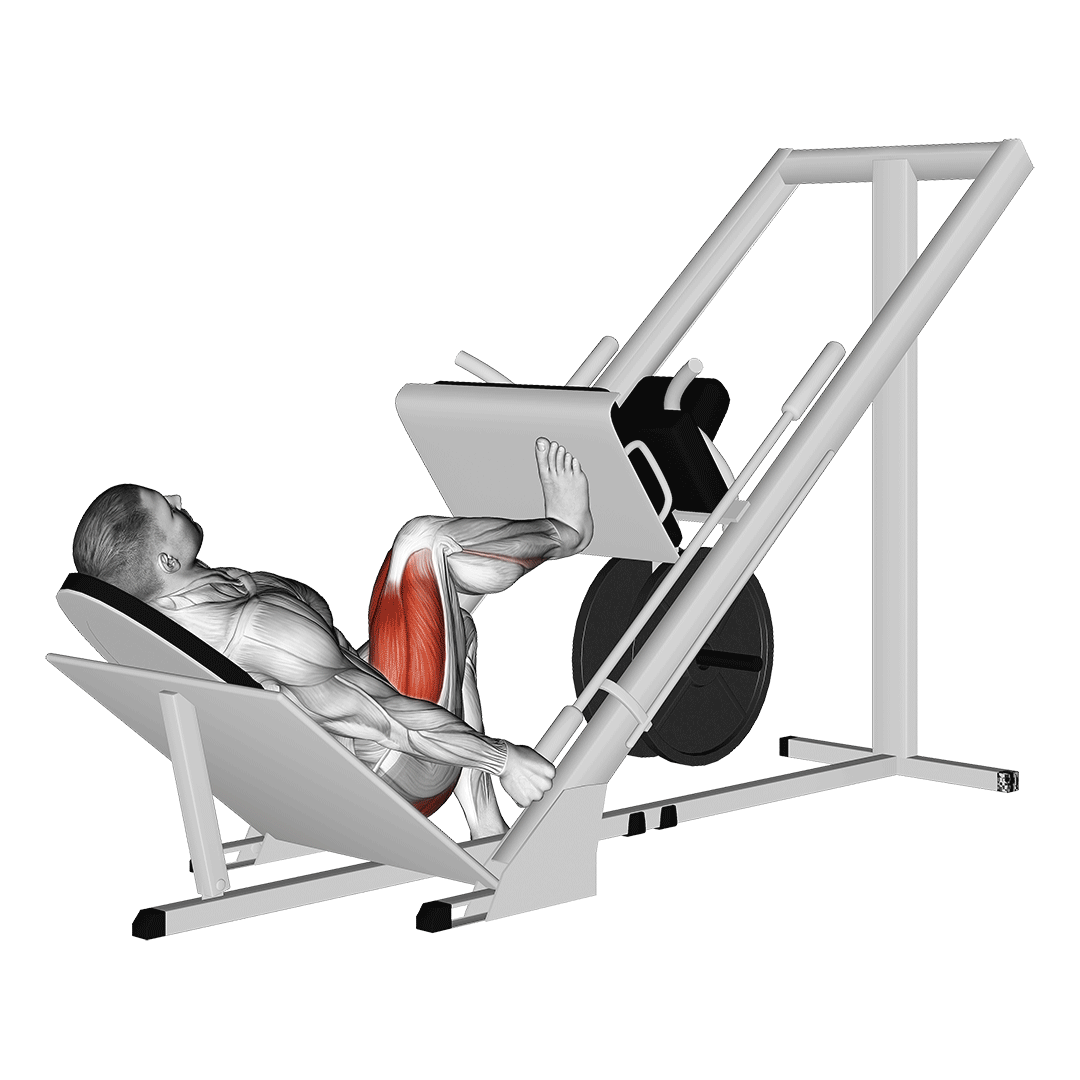
Placing the foot higher or lower will allow more emphasis on the same muscles, as will the “width” of the stance, so to speak.
Machine Leg Curls
Because the leg press is not the most optimal hamstring exercise, switching to the machine leg curl is a far better choice for such purposes.
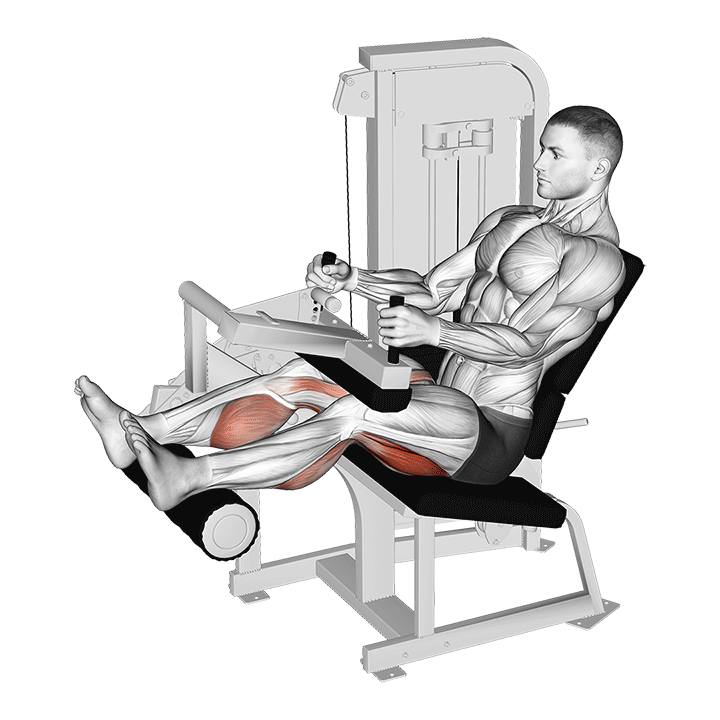
The machine leg curl primarily utilizes knee flexion to target the muscles of the glutes and hamstrings, and can allow for significantly greater training volume to be targeted therein.
Machine Leg Extensions
If the level of quadriceps emphasis during the leg press is insufficient, lifters may instead try out the isolation exercise that is the machine leg extension.
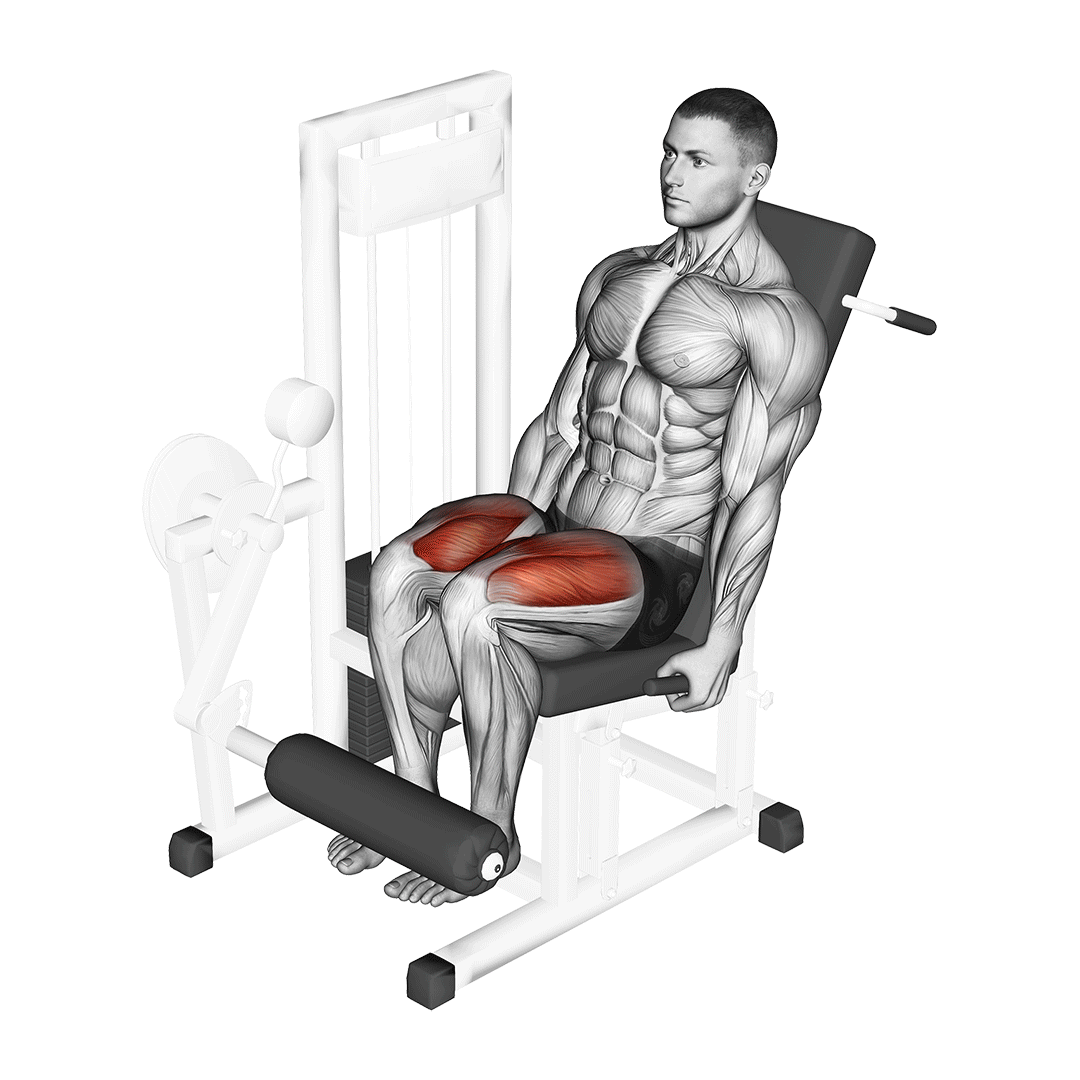
Doing so will largely alienate the hamstrings and gluteal muscles, but will significantly increase recruitment of the quadriceps, and allow for greater volume to be performed as well.
Frequently Asked Questions (FAQ)
Does Foot Position Matter on the Leg Press?
Yes.
Foot positioning dictates the actual execution of the leg press exercise itself, and can have a significant impact on what particular muscle is emphasized during the movement.
For the safest and most well-researched leg press stance, it is advised that you place your feet shoulder-width apart at the center of the machine’s plate.
Where Should the Feet be on the Leg Press?
The “basic” foot position of the leg press is considered to be shoulder-width apart around the middle of the leg press’ sled. However, this can be altered according to your individual physiology and training goals, and is only a baseline with which you may modify to suit your needs.
How Do You "Slim Your Thighs" With the Leg Press?
The leg press can’t quite slim your thighs, but it can indeed help produce a leaner and more toned appearance.
To do so, combine a caloric deficit with regular performance of 3-4 sets of 16 repetitions alongside other lower body exercises. This will both reduce the amount of fat found in your thighs (note, spot fat reduction is impossible), as well as ensure that they are firmer and more toned through greater muscle mass development.
Final Thoughts
Foot positioning is a vital aspect of any proper leg press stance, but it is ultimately only a small portion of what should be a larger technique. Ensure that not only your stance is correct, but also your tempo, programming and other aspects of proper leg press form as well.
Keep in mind that no two weightlifters are of the same physiology however, and that if you find the advice here to be uncomfortable or unstable, it is better to adopt a safer stance with the help of a personal athletic coach.
References
1 Escamilla RF, Fleisig GS, Zheng N, Lander JE, Barrentine SW, Andrews JR, Bergemann BW, Moorman CT 3rd. Effects of technique variations on knee biomechanics during the squat and leg press. Med Sci Sports Exerc. 2001 Sep;33(9):1552-66. doi: 10.1097/00005768-200109000-00020. PMID: 11528346.
2 Da Silva EM, Brentano MA, Cadore EL, De Almeida AP, Kruel LF. Analysis of muscle activation during different leg press exercises at submaximum effort levels. J Strength Cond Res. 2008 Jul;22(4):1059-65. doi: 10.1519/JSC.0b013e3181739445. PMID: 18545207.
3 Martín-Fuentes I, Oliva-Lozano JM, Muyor JM. Influence of Feet Position and Execution Velocity on Muscle Activation and Kinematic Parameters During the Inclined Leg Press Exercise. Sports Health. 2022 May-Jun;14(3):317-327. doi: 10.1177/19417381211016357. Epub 2021 Jun 4. PMID: 34085847; PMCID: PMC9112713.
